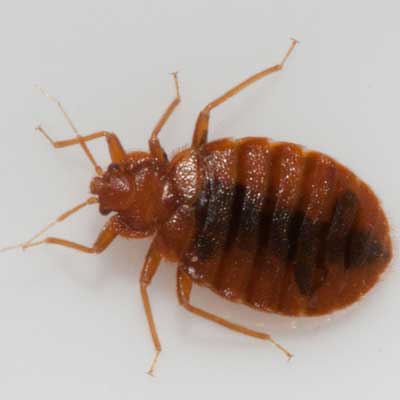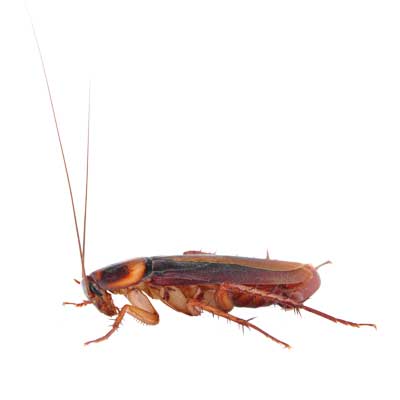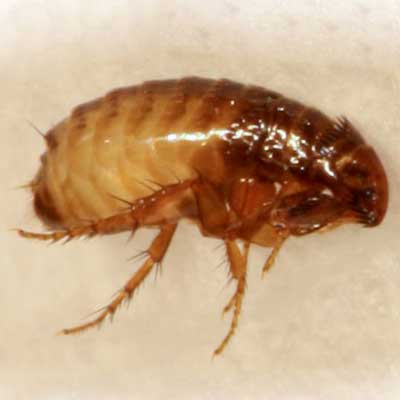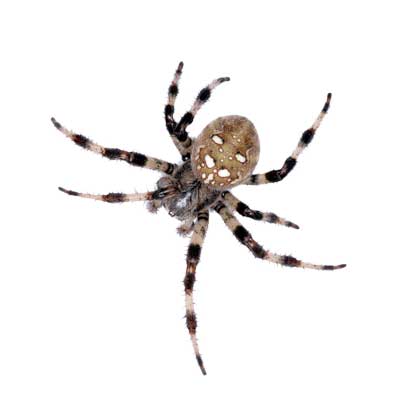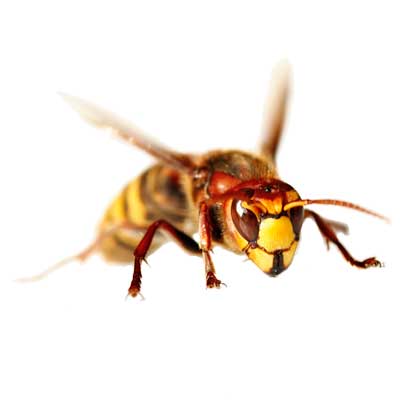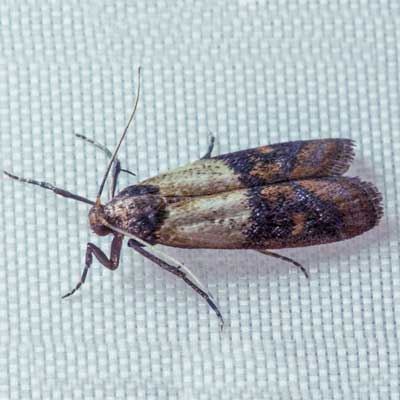Ants Removal and Extermination in Richmond Hill, Vaughan and Brampton.
Carpenter ants are a common source of structural damage to many wooden properties throughout Mississauga, Richmond Hill, Brampton, Vaughan, and other areas of Toronto and the GTA.
If you see the tell-tale signs of sawdust on or around the wooden parts of your home or workplace, call Pest Free Living as soon as you can.
Telephone 416-321-5060 or contact us online.
Carpenter ants love to set up their nests in soft or rotting wood which can often be found on our verandahs, stairways, doors, porches or other areas exposed to the outside elements.
How to recognize a carpenter ant
- Largest ant in the ant family
- Measures up to 3/4 of an inch in length
- Black, brownish black or reddish black colour
- Nipped in waist
- Bent antennae
- Wingless
- Cause most damage during warmer months of spring and summer
Controlling Carpenter Ants
Carpenter ants are usually most active at night and are creatures of habit, following the same trail to the same food sources until they are depleted.
It helps if you can monitor the ants after dark when they leave the nest in search of food. Often in the silence of the night you will hear faint rustling sounds coming from inside the nest and this can help us to pinpoint its exact location.
Once we have located the nest, eliminating the colony itself is fairly straightforward.
We will use high suction vacuums to remove as many live ants as possible and then will strategically place ant baits for the remaining ants to carry back to their nest to poison the remaining population inside.
Carpenter ants don’t actually eat the wood they burrow into, preferring to feed off plant sap, other insects – both dead and alive – aphid honeydew, and sweet, fat and oily food stuffs they find inside your home.
Part of our carpenter ant elimination measures will be to advise you on how to minimize the attractiveness of your home to insect pests by being sure to wrap up and put away food stuffs so that they cannot serve as a source of sustenance.
We will also help you to survey the outside of your property and will point out areas where decaying wood, piles of brush and sticks and other areas may be proving attractive to carpenter ants looking to set up a new home.
Life in a Carpenter Ant Colony
The colony is initially made up of hundreds of non-reproductive workers, a few fertile males and females, and one or more queens.
During the transition between spring and summer, the queens fly out of the nest and are mated on the wing by the fertile males which then die. The fertilized queens then seek suitable nesting places in which they can lay their small, white oval-shaped eggs and start off new, independent colonies of their own.
Once the eggs hatch into larvae, the queen continues to nourish them with until they pupate and the adult ants finally emerge – a process which takes around 3 months in the warm conditions of summer.
We cannot emphasize enough how very important it is to take action to remove and control carpenter ants as soon as you notice their presence so as to minimize structural damage and save yourself the expense of having to replace the wooden sections of your home or workplace where they took up residence.
For more information about carpenter ant control and removal in Mississauga, Brampton, Vaughan, Richmond Hill and other areas of Toronto and the GTA, please call Pest Free Living on 416-321-5060 or contact us online.
Carpenter Ants Nests Occur
- Under and around the frames of windows and doors
- Where caulking may not have been applied correctly or became old and broke off.
- Caulking around the Bathroom tiles, particularly, the bottom corners.
- Unusually high condensation in windows, particularly in bathrooms.
Signs of Carpenter Ants
- Wood shavings near the base of door frames.
- Wood dust near the frames of windows.
- Chewed up tunnels into wood or other access holes such as in the insulation, etc.




